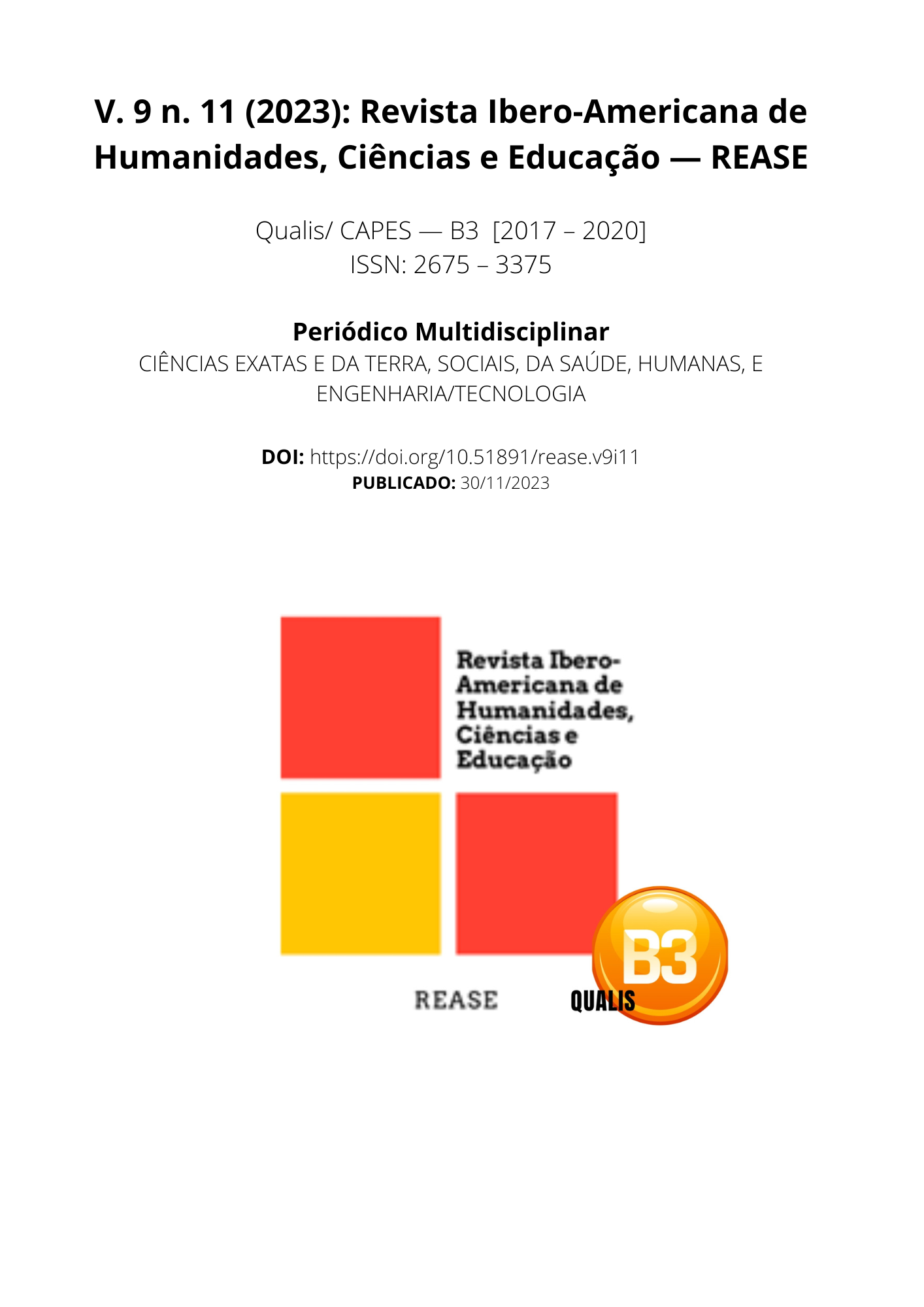THE USE OF BAUHINIA FORFICATA IN THE TREATMENT OF TYPE 2 DIABETES
DOI:
https://doi.org/10.51891/rease.v9i11.12245Keywords:
Bauhinia forficata. Diabetes. Glycemic control.Abstract
This article sought to study bauhinia forficata in the treatment of type 2 diabetes. This is an integrative literature review study. The research was carried out using publications available in the Scientific Electronic Library (SCIELO), Google Scholar and Virtual Health Library (VHL) databases, between the years 2012 and 2023, using the keywords Bauhinia Forficata, phytotherapy in glycemic control , type 2 diabetes, as well as versions in Portuguese and English. Most of the studies selected for this research obtained positive results regarding the use of bauhinia forficata as a hypoglycemic agent, and no toxic effects were reported. These positive results support the idea that herbal medicine, in this case the use of bauhinia forficata, can be a safe and effective approach to help manage blood sugar levels and reduce the risk of complications associated with diabetes.
Downloads
Downloads
Published
How to Cite
Issue
Section
Categories
License
Atribuição CC BY

